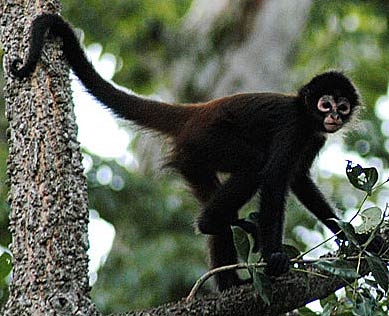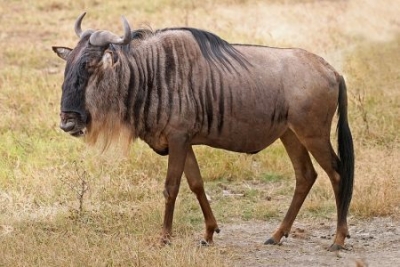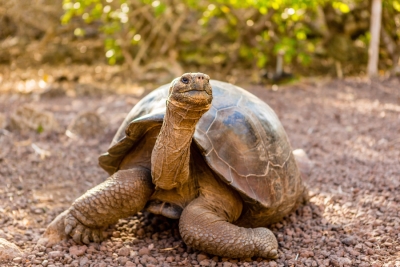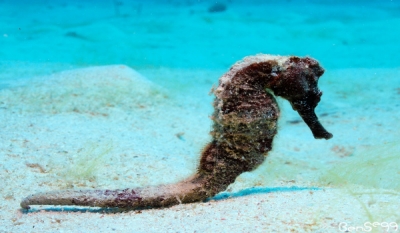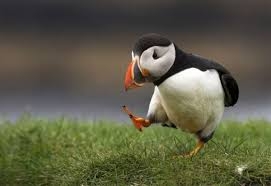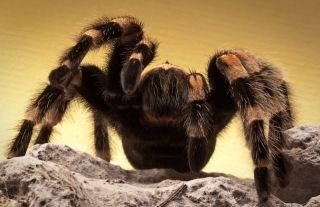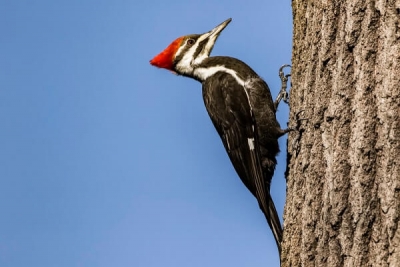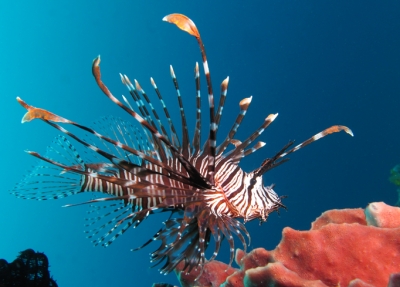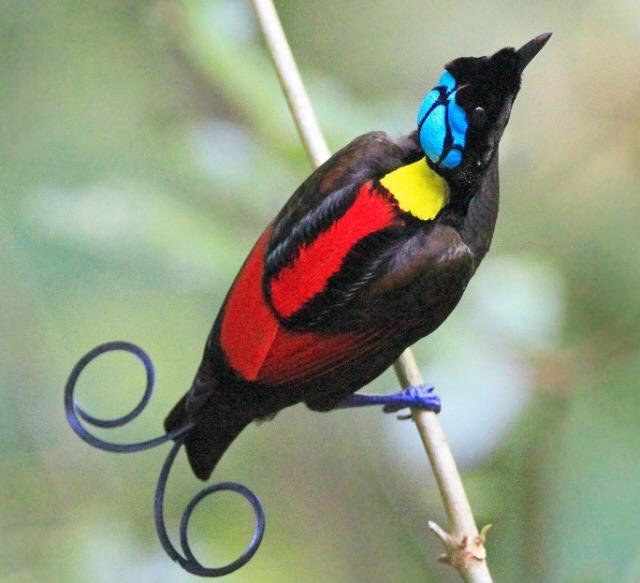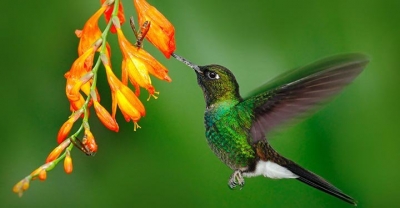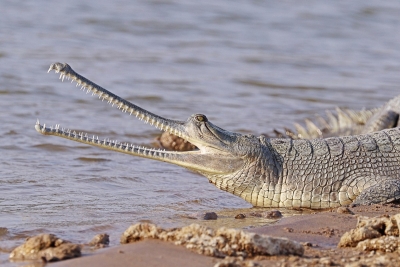What are the fun facts of moose?
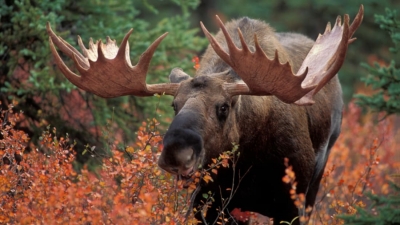
Moose is the largest of all the deer species. It inhabits forests during winter and areas near rivers and streams during summer. It is found all over the North hemisphere, mainly in the colder climate.
It has poor eyesight, but has excellent sense of smell and hearing. It is also an excellent swimmer and a fast runner.
One of its unique features is the antlers. Only male moose (bulls) sport antlers. The shape differs from animal to animal and they are shed every year around November, being replaced with larger ones the forthcoming spring. The primary function of antlers is to attract potential mate.
A male moose also has a ‘dewlap’, a dangling up under the chin.
Adult of its species are too big to have many predators, but bears, wolves, and cougars prey on calves.
Picture Credit : Google
